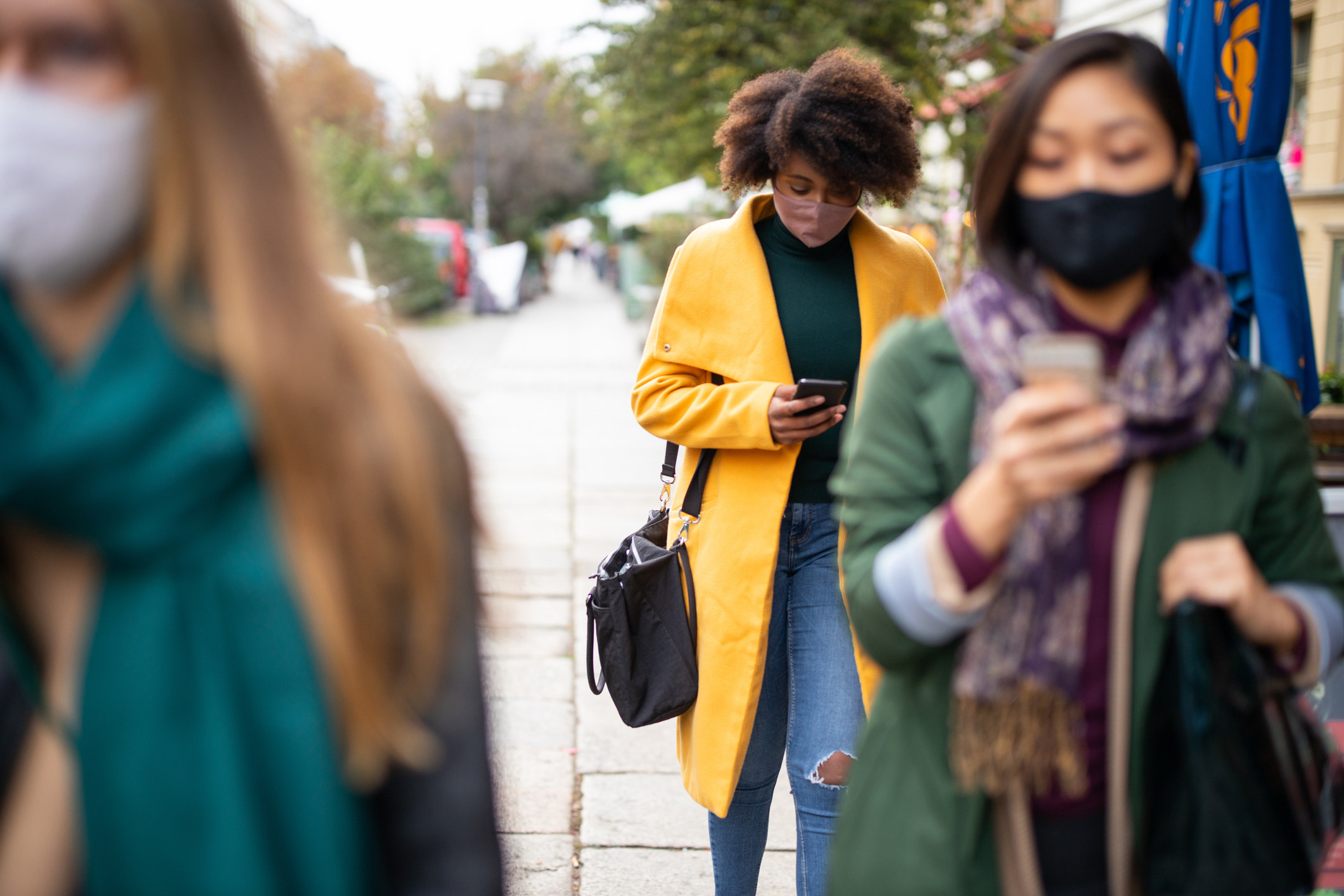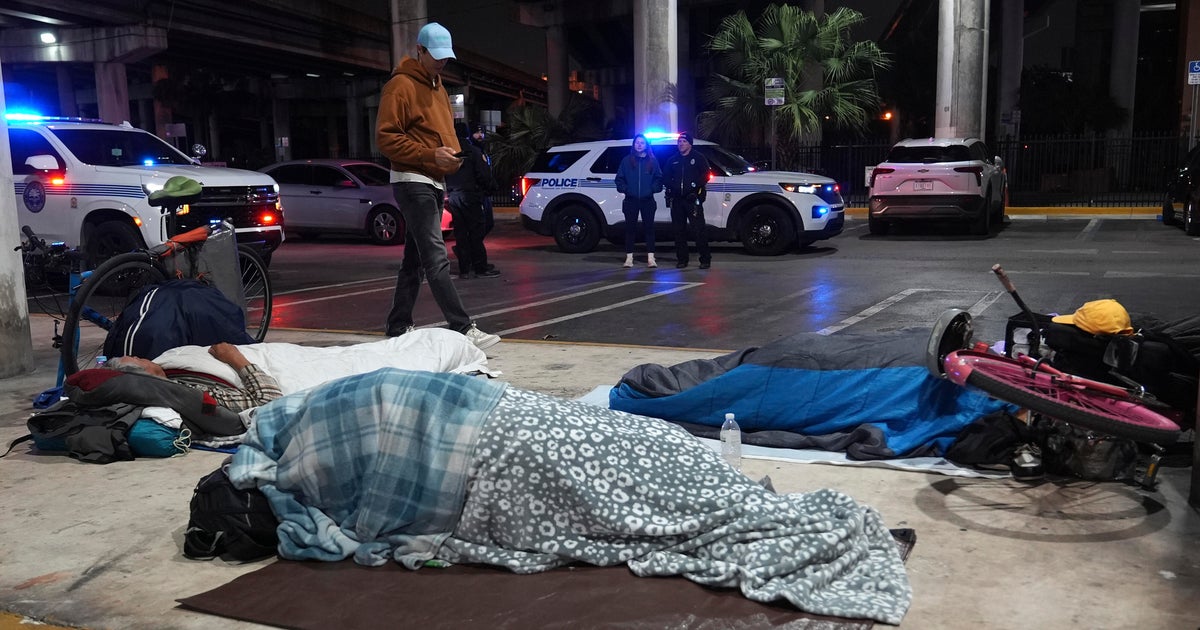MIAMI (CBSMiami) – As more states around the country lift indoor mask requirements for public places, many people are questioning if they should continue to wear masks when others around are not.
Dr. Chris Beyrer, who is with Johns Hopkins Bloomberg School of Public Health, says, even with unmasked people nearby, wearing a mask is still a good idea.
READ MORE: Your Super Bowl Food Spread Might Cost You More This Year
“Wearing a mask still protects you,” he says. “It reduces your risk of acquiring COVID. And if you do have it, it reduces your risk of onward transmission.”
Dr. Beyrer says we should pay attention to three fundamental factors when weighing whether to mask up. The first and most important is density and crowding, because that’s really what facilitates transmission.
“The second is ventilation,” he says. “If you’re in poorly ventilated places where you, for example, can’t open windows or get air flowing. And the third is when you don’t know the vaccine status of the people around you.”
READ MORE: Masks No Longer Mandatory For Adults At Miami-Dade County Public Shools
Doctors say some people need to more conservative. That includes the elderly or someone who lives with an elderly person, as well as parents with children too young to be vaccinated.
“If you are in a multigenerational household, or if you are in a household with anybody with immunocompromised and underlying conditions, you have to be extra cautious because those folks even vaccinated, are still at risk of more serious disease with COVID,” Dr. Beyrer says.
Experts say if you have COVID-19 or know you have been exposed, it’s recommended to wear a well-fitted mask for 10 full days around others in public or your home.
MORE NEWS: Reports: South Florida Rapper Kodak Black, Others Shot At Justin Bieber’s Afterparty In Los Angeles
The CDC says people who have not tested positive do not need to wear masks when outdoors, but people in areas of high transmission may choose to wear one, especially if someone they live with is at increased risk for severe disease.



